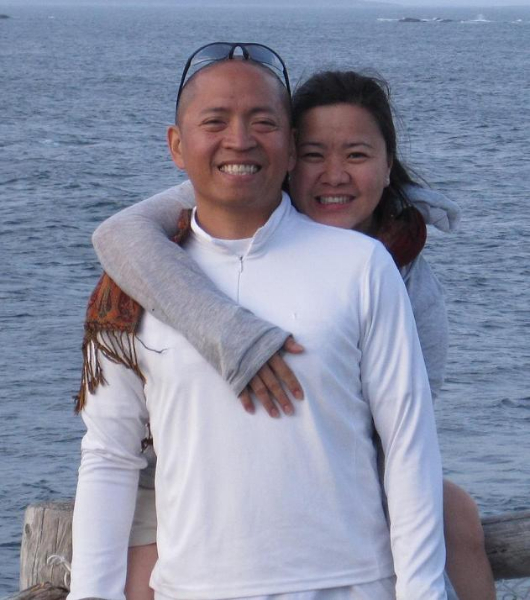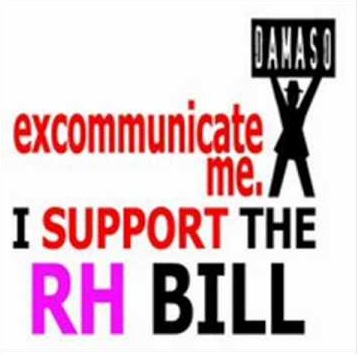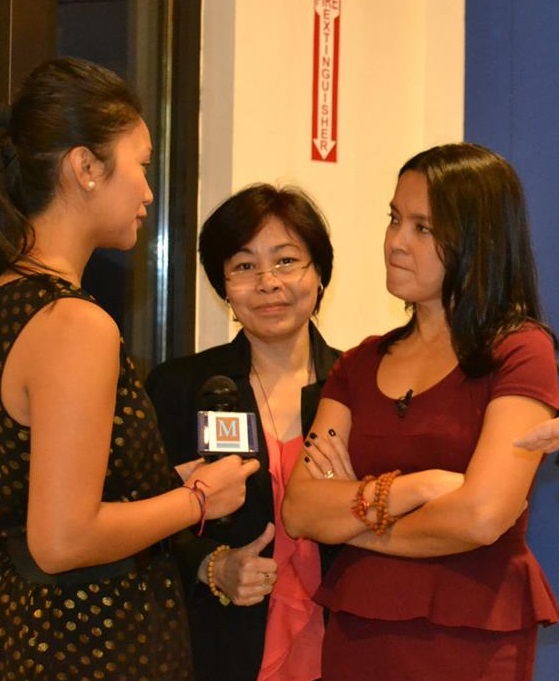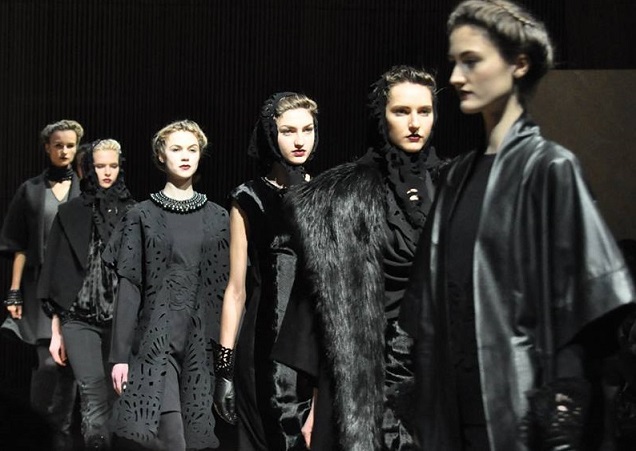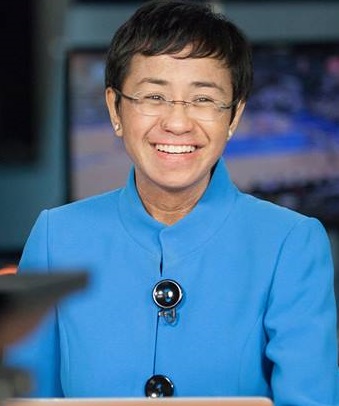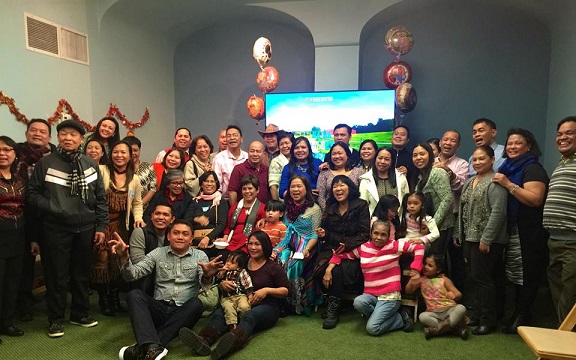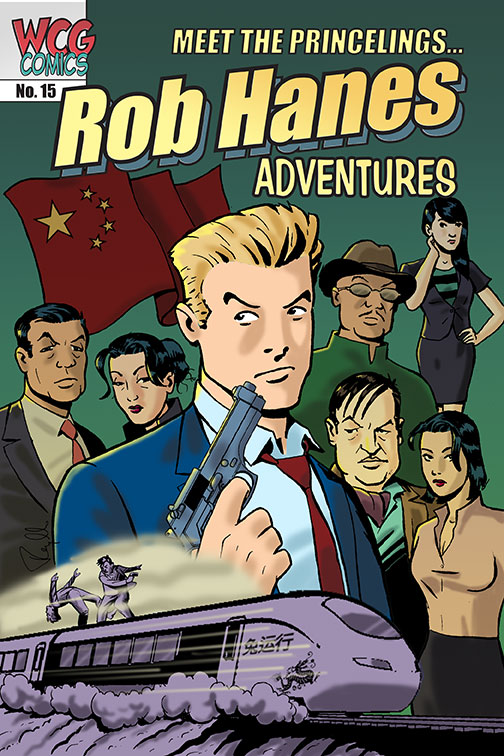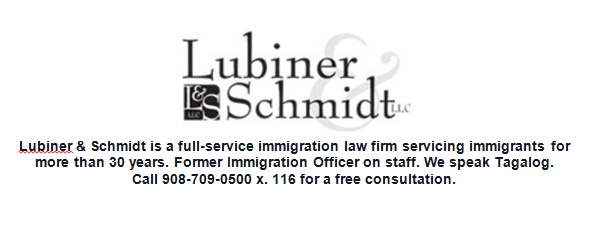When emotions battle for control, which one wins?

Joy, Sadness, Fear, Anger and Disgust attempt to control a young girl’s life in Disney’s latest animation ‘Inside Out.’ Press photo
By Wendell Gaa
One of my favorite attractions at Disney’s EPCOT Center in Orlando, Florida was this very amusing audio-animatronic show called “Cranium Command,” where you as the audience get to experience the inner workings of an everyday school boy by literally seeing how the inside of his brain operates, wherein his body parts are “portrayed” by different characters. Using characters playing out body parts is actually as a lesson on the importance of teamwork and cohesion.
Disney Pixar’s newest animated film “Inside Out” takes this very gimmick to a whole new and adorable level. This time around, different animated characters are steering the emotions rather than the physical body parts of a human being. Now this is a story which Disney was practically destined to tell on the silver screen. Why it took the Pixar studios so long to conceive such a film project is beyond me, but after watching “Inside Out,” it’s clear to me that this is another gamble by the filmmakers that may well pay-off.
I’ve personally had the pleasure to watch the film’s recent preview screening at the Museum of the Moving Image in Astoria, Queens. “Inside Out” has got to be the most emotionally engaging animated film I’ve seen in years, even more so than Pixar’s two other tearjerker films “Up” and “Toy Story 3.” I’m definitely not saying this out of pure passionate reaction.
The film’s protagonist is Riley, a typical young girl growing up in Minnesota. From the day she is born, five “emotions” that serve as the main conscientious “voices” controlling her behavior are also born, Joy (wonderfully voiced by “Saturday Night Live” alumna Amy Poehler), Sadness, Fear, Anger and Disgust. As Riley grows up from an infant to a young adolescent, these “emotions” also grow and develop in their distinct personalities with her.
One day while she is in the middle of enjoying her elementary school years in Minnesota, her parents decide to move out west to San Francisco because of her father’s new job offer. This new chapter in their lives also marks a new chapter in the development of Riley’s maturing personality, which is so comically depicted within her mind by the teamwork and conflict between her five “emotions.”
As Riley and her parents adjust to their new life in San Francisco with a mixture of high anticipation and anxiety, Riley’s emotions vie for control as to how to properly help Riley adjust to her new life and surroundings. Joy, being the de facto leader of the emotions, naturally works to assist Riley to see all the positive aspects which her new life has to offer; Sadness longs for her family to move back home to Minnesota and cannot bear to let Riley move on physically and emotionally; Fear (voiced by another SNL comedian Bill Hader) and Disgust see to it that everything they perceive as a danger and hindrance to Riley’s well-being is to be avoided; and Anger ensures that her inner issues and frustrations are heard out loud.
Joy and Sadness are really the focus of the plot here, and how truly inventive it is on the part of the movie writers (among them is story artist Ronnie del Carmen who is Filipino), as these are two emotions that, while are on the exact polar opposite of the feeling spectrum, are fundamental emotions that are equally needed for a healthy makeup of an average human psyche. This ploy is used so well into the story, especially at a crucial point in the film during Riley’s first day at her new school.
As she is asked by her teacher to introduce herself in front of her classmates, the five emotions attempt to work together to control her “psychological helm” to properly steer her behavior and actions, as Joy takes a leading role to have Riley focus on the positive and excitement in sharing more about her life to the students, Sadness deliberately touches these “memory balls” which are used as the repositories of all of Riley’s past childhood memories, thereby “infecting” most of her memories with pure depression, and outwardly giving Riley an emotional breakdown in front of her classmates.
Joy attempts to stop Sadness from taking a role at the helm, but in the event of the power struggle for the emotional control of Riley, her “memory balls” are accidentally lost and inadvertently sent to another space of Riley’s psychological “inner world.” Joy and Sadness too are separated from their fellow emotions at the control helm, and are forced to try to work together to retrieve Riley’s “memory balls” and restore order over Riley’s behavior. Their colorful adventures through Riley’s vast emotional “inner world” take them through such odd encounters with the likes of Bing Bong, Riley’s imaginary pink elephant friend, and a hilarious appearance of Riley’s “dream perfect boyfriend.”
Observing how Joy and Sadness discover how much they need each other and how much Riley needs them is a wonderful centerpiece to this film’s message of the value of teamwork (and emotional balance).
I admit that there was a fair share of downright funny and teary moments which all left an indelible impression on me. Go see “Inside Out” to appreciate what being a human being is all about, having feelings and caring.

